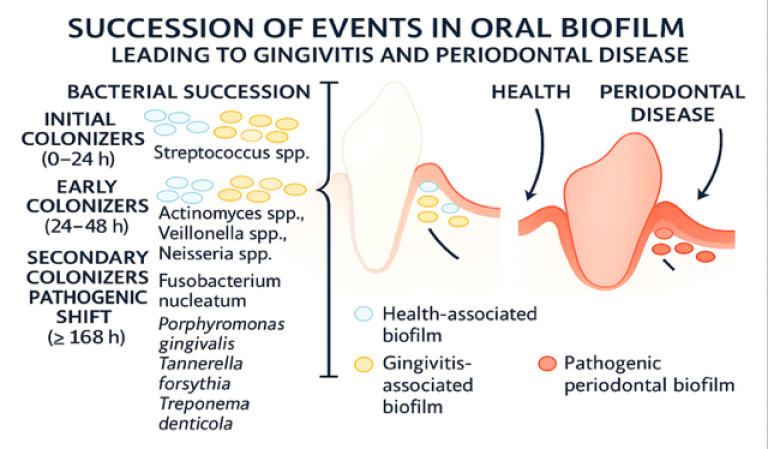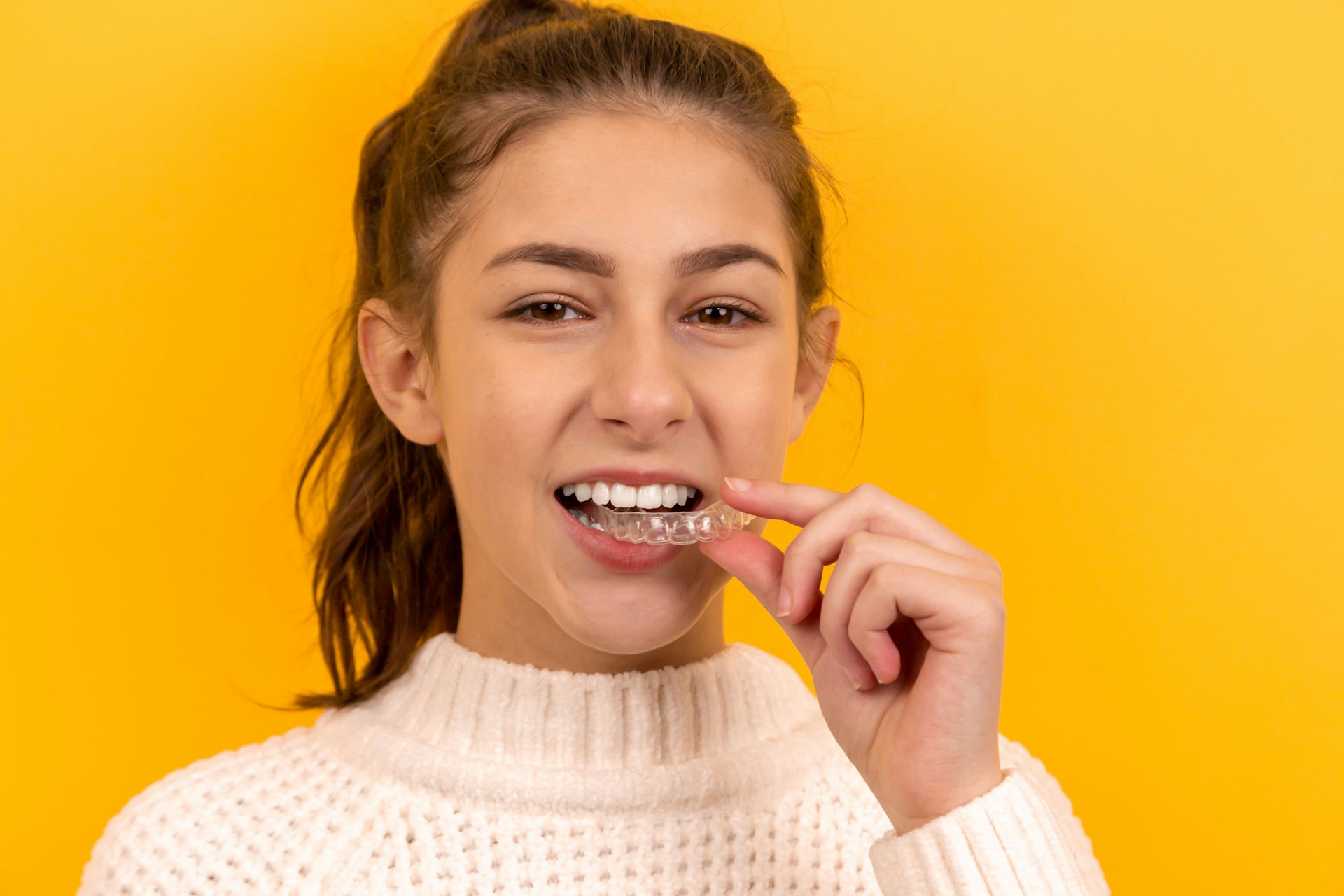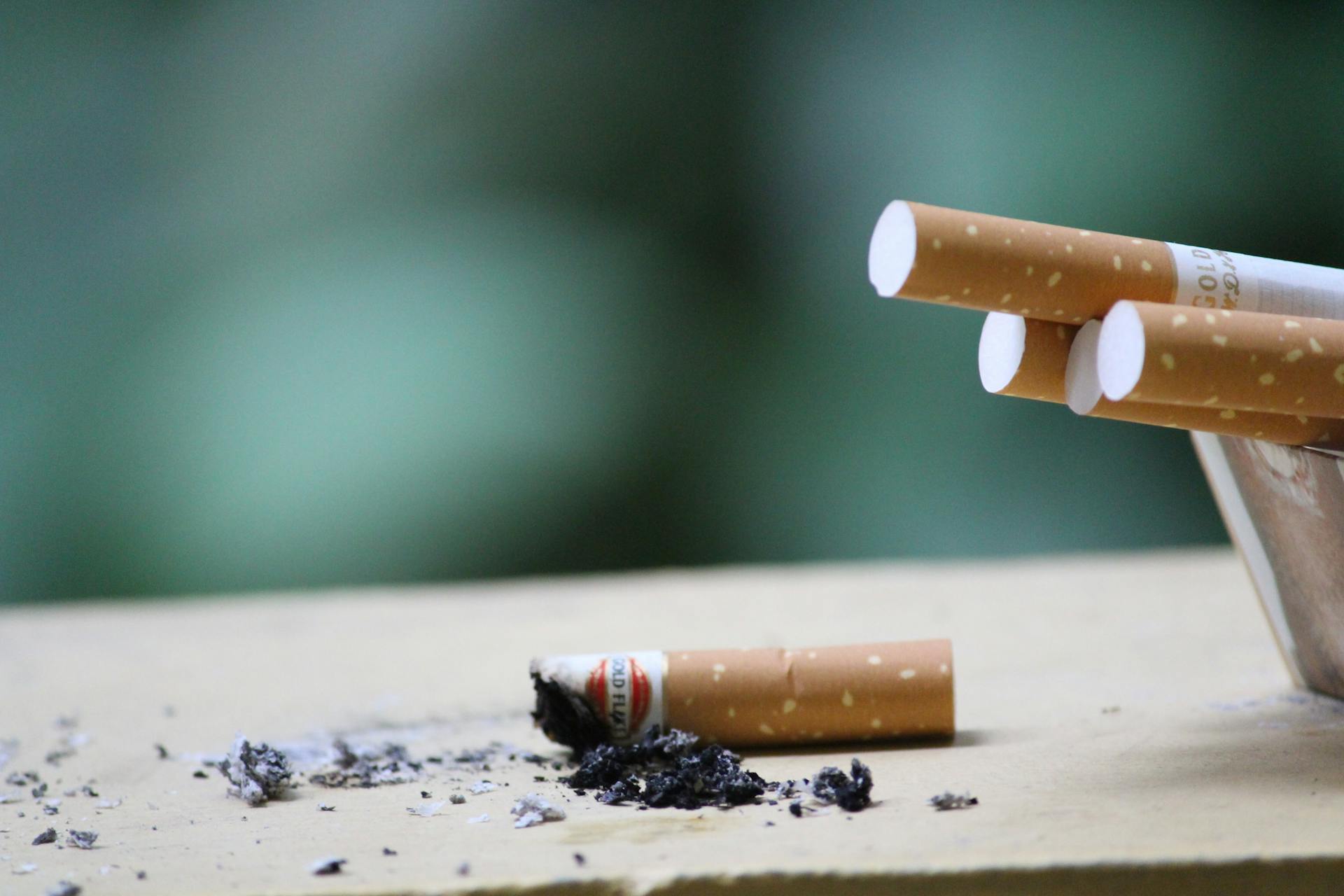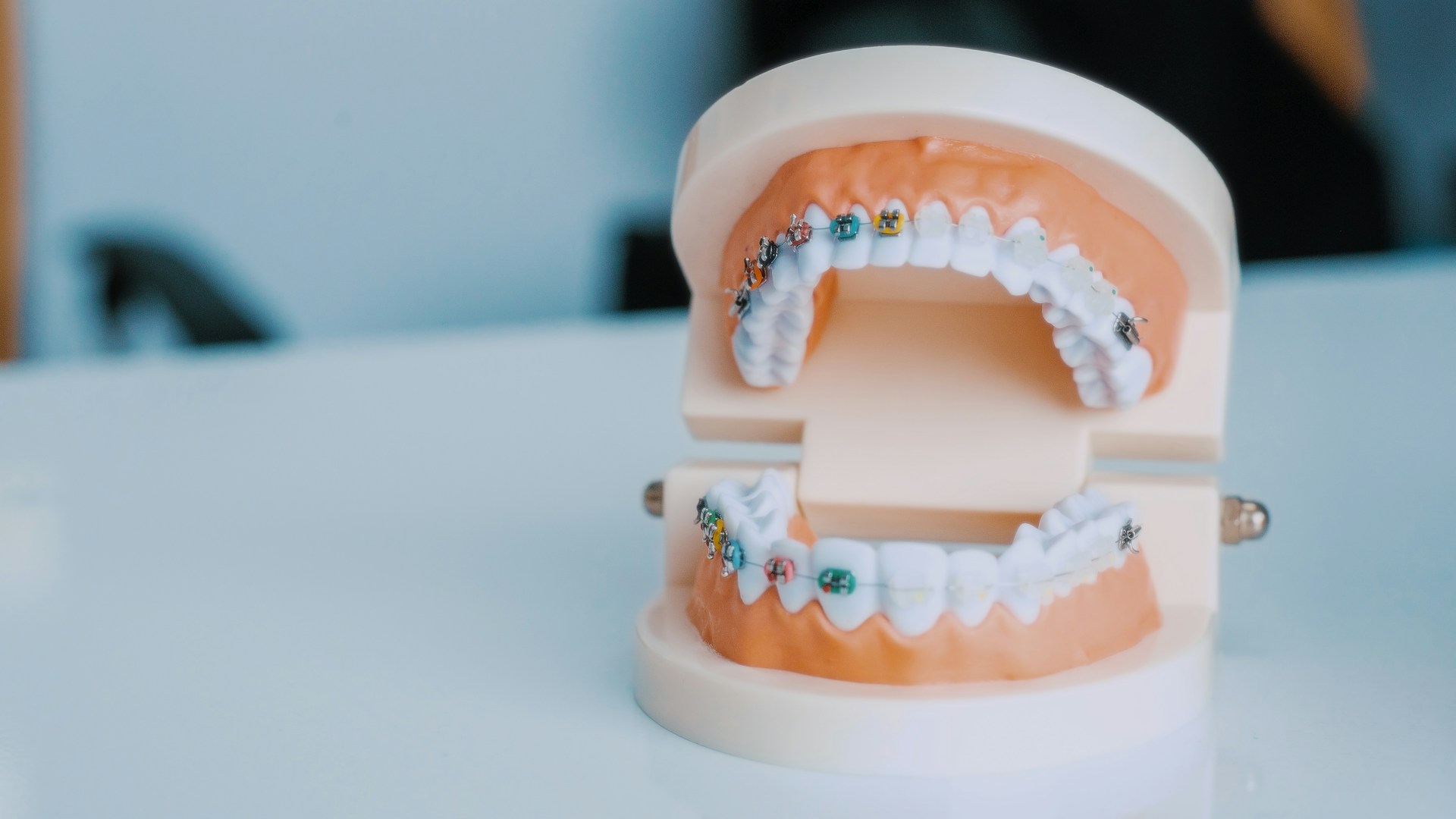The things that come out of your mouths and hearts can leave you feeling emotionally unclean.
The things that come into your mouth can leave you feeling extremely sick.
Your mouths are teeming with healthy bacteria. They keep your teeth and oral cavities intact for chewing food and talking with your loved ones. However, you may unwittingly be exposed to dangerous microbes with the meals you eat, the drinks you take, and the air you breathe.
It’s the dangerous microbes that invade your mouths that David Vigerust, Chief Scientific Officer of Spectrum Solutions, is most concerned about. He has spent the past 20 years developing commercial saliva collection devices and kits. At Spectrum, they have developed kits for major customers, some of whom you’ll be familiar with. Just think Ancestry.com or Viome, for example. Spectrum Solutions was also one of the first companies to receive emergency use authorization to use saliva for COVID-19 testing. Their efforts produced over 50 million devices that were distributed worldwide during the COVID-19 pandemic.
At SalivaDirect 25, David shared the need to put salivary diagnostics at the forefront of disease prevention. His expertise in dental and oral health makes him the perfect person to talk about saliva and its potential to change how we take care of our mouths and our bodies.
Want to see how such David is using saliva to help us live healthier lives? Check out the interview below.
The Interview
The oral microbiome
PN: Oral health is something you’ve spent decades working on, and it’s become your specialty. Why is maintaining our oral health so important for ensuring our body’s health?
DV: Our mouths contain over 700 unique microbial species. We call that collection of microbes the oral microbiota. Most of those microbes are beneficial for us. They help us digest food, protect against invaders, and break down toxins. They also contribute to the maturation of our mucosa and immune systems as we grow up. Frankly, our lives wouldn’t be nearly as healthy and fulfilling without the millions of microbes that inhabit our mouths.
PN: You highlight the good that comes out of our microbes cooperating. But what happens when they don’t?
DV: Our microbiota changes all the time. Whenever you breathe, eat, or drink something, you expose your microbiota to all kinds of changes that affect their community. Somes of these changes can cause bad organisms — the pathogens — to establish themselves more easily. When that happens, you usually see a series of succession events taking place (Figure 1). You’ll have one group of microbes that establish themselves on your teeth or gums. That’s known as the base of the biofilm. Then you’ll have another group that builds on top and then another and another. Eventually, you’ll start to see the plaque deposits your dentist tells you about during your checkups.

PN: What happens when those biofilms keep growing?
DV: When your plaque advances that much, your microbes will begin degrading the tissue in your oral cavity. You can also swallow these microbes down your digestive tract. Either way, pathogens can use both routes to sneak their way into your bloodstream. Once they’re in your bloodstream, they can get trapped in any part of your body. It could be your blood vessels, your brain, or your liver. It’s bad enough that your bacteria are in your blood. You also have your immune system fighting against the invaders. That causes inflammation that can lead to a host of diseases, from heart disease to brain disorders and pregnancy complications.
Just take a moment to think. You have all those complications, and it can all come from one place: your mouth. That’s why dentists work so hard to make sure that never happens.
PN: From what you’re saying, it sounds like prevention is the best medicine.
DV: Yes, absolutely.
Saliva as a tool for monitoring oral health
PN: So, with that in mind, you’ve been developing ways to monitor oral health with saliva. What about saliva makes it so good for monitoring our health?
DV: Saliva is easy to collect, and it’s cheap. You don’t need special tools to collect them, and you don’t need any special shipping protocols, either. Most importantly, the liquid component that’s in blood is the same as the liquid component in saliva. For that reason, if you have proteins in your blood, you’ll also find those same proteins in your saliva. We’ve had this concept around for quite a while, but it’s only recently that we’ve seen companies build detection systems compatible with saliva.
Saliva can be used to diagnose many kinds of infectious diseases. We can detect respiratory viruses, sexually transmitted infections, and perform cancer testing with it as well. If you’ve used 23andme, you know that saliva can also reveal your genetic traits, from ancestry to genetic risks for a disease. It can even help predict whether your body will break down a drug, compromising how well it treats your symptoms.
Saliva also doesn’t require any special handling procedures other than preparing a good preservative. Collecting saliva is easy and non-invasive, too.
Granted, saliva isn’t perfect. Sometimes, you’ll encounter proteins that are abundant in blood but less so in saliva, such as immunoglobulins. Otherwise, saliva remains an extremely useful sample type to work with because they capture what’s going on in our bodies with no need of an invasive procedure.
PN: Yet, storing samples can be an issue without the right preservative. How well is saliva preserved when they’re stored under the proper conditions?
DV: Let’s start with blood, since it’s the most common sample type for diagnostics. If you leave blood at room temperature for just a few hours, you’ve degraded most of the proteins you’re trying to quantify. That makes it much harder to analyze blood if the region you’re in doesn’t have a diagnostic facility nearby.
That’s not the case with saliva. You can keep saliva at room temperature for several hours without preservatives and still quantify the proteins you’re interested in. When you add a preservative to the sample, you can extend the saliva’s lifespan to 30 days after collection. We picked 30 days because we don’t expect to receive saliva samples in transit for longer than a month. Nonetheless, you could store saliva samples for years after the fact if you have a good storage buffer.
PN: What makes a good storage buffer?
DV: I can’t reiterate enough that your mouths comprise hundreds of microbial species. If you don’t preserve your saliva samples properly, those microbes can continue to feed on any carbohydrates within the sample. Those sugars facilitate microbial growth and primarily come from the food and drinks we consume. That’s why a good storage buffer must contain preservatives and molecules that break up, or lyse, any contaminating bacteria. Those could be a detergent or an antibiotic.
The same preservatives must also retain DNA, protein, or other biomolecules, as they are when we collect a sample. That way, we can better understand the state of health that the person is in with saliva, whether it be the microbes they have, the proteins they express, or the biomolecules in the sample.
Spectrum Solutions: a leader in saliva collection and storage
PN: Now that we’re more acquainted with your expertise, let’s shift gears to what you do at Spectrum Solutions. What does Spectrum Solutions do?
DV: Spectrum Solutions was established nearly 20 years ago. We specialize in developing and producing saliva collection devices and kits for our clients. In fact, we were the company that designed the saliva collection kits for Ancestry.com. Since our work with Ancestry, we have developed diagnostic tools for monitoring diseases with saliva. Our work culminated in being one of the first companies to receive emergency use authorization for producing saliva collection devices during COVID-19. Thanks to the authorization, we ended up producing over 50 million saliva kits, comprising the saliva collection devices and preservative solutions.
PN: What you did at Spectrum Solutions played a huge role in controlling the COVID-19 pandemic.
DV: It did. Before saliva, we were using nasopharyngeal swabs. That method was painful for users, and the supply chain was massively disrupted. That gave us the opportunity to see whether saliva would be just as effective at detecting an active SARS-CoV-2 infection. Amid our testing, we saw that we could use saliva to detect SARS-CoV-2 as accurately as a nasopharyngeal swab. By demonstrating that saliva worked just as well for detecting SARS-CoV-2, we eased the constraints in supplying COVID-19 tests for people exposed to the virus.
PN: Now that the pandemic is under control, let’s end with the future in mind. Where are you hoping to take Spectrum Solutions and saliva diagnostics?
DV: Even after the COVID-19 pandemic, people were yet to fully understand the potential of saliva for making accurate diagnoses easier. My primary goal now is to raise awareness of saliva as a viable sample type for diagnostics research. Something as gooey as our saliva can give us a clear snapshot of our body’s afflictions, prognoses, and response to treatment. Even resource-deficient places can use saliva when other means to monitor health are unavailable. They just need to produce a sample at home and ship it to a lab center for testing.
From dentists to doctors and patients, we can take monumental steps to make saliva more widely used in the clinic. In doing so, we can provide people with access to all kinds of clinical care they never had access to before. That’s a future I want to realize with saliva.
Author
-

Paul Naphtali is a seasoned online marketing consultant. He brings to the table three years of online marketing and copywriting experience within the life sciences industry. His MSc and PhD experience also provides him with the acumen to understand complex literature and translate it to any audience. This way, he can fulfill his passion for sharing the beauty of biomedical research and inspiring action from his readers.
View all posts




